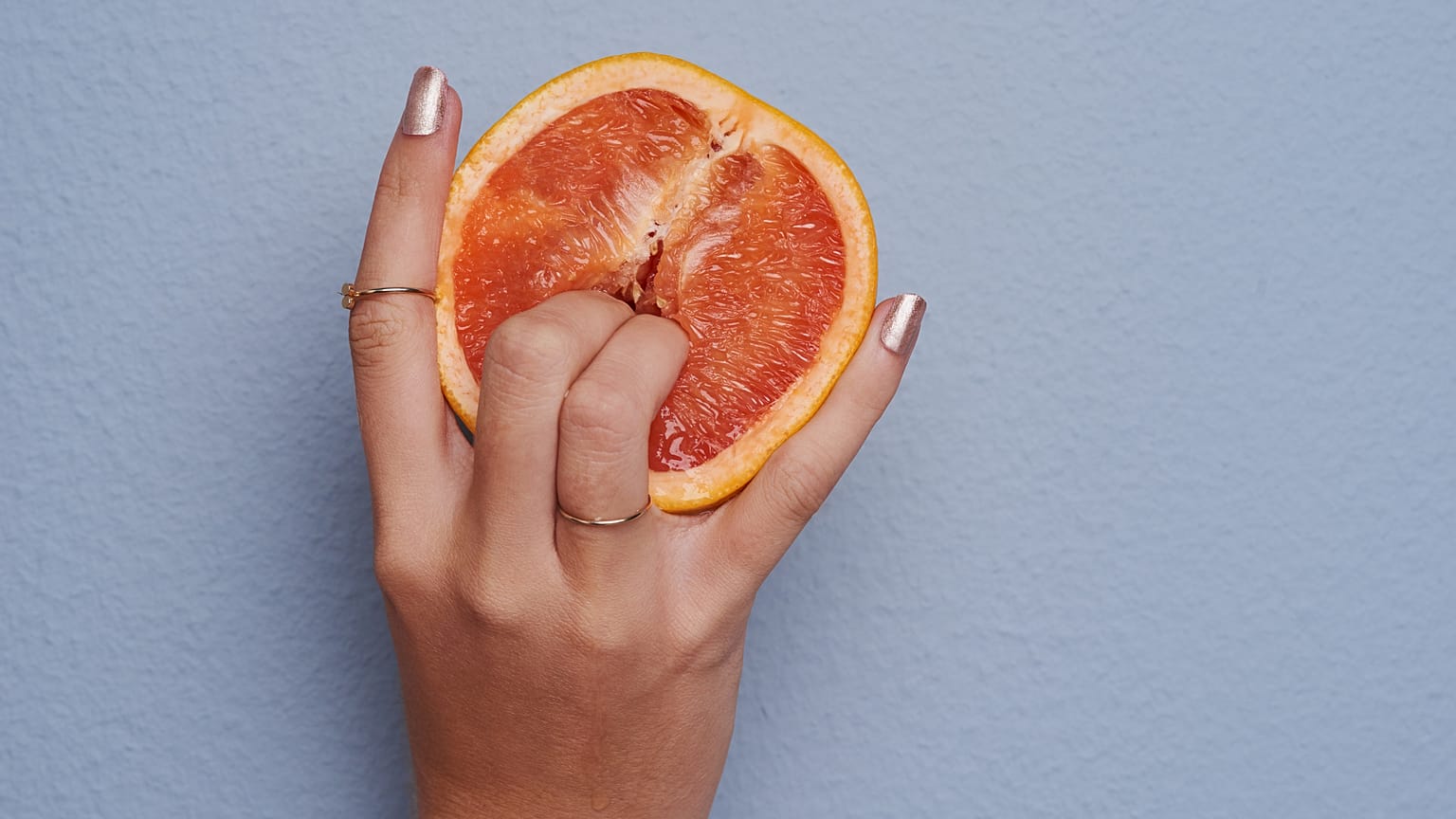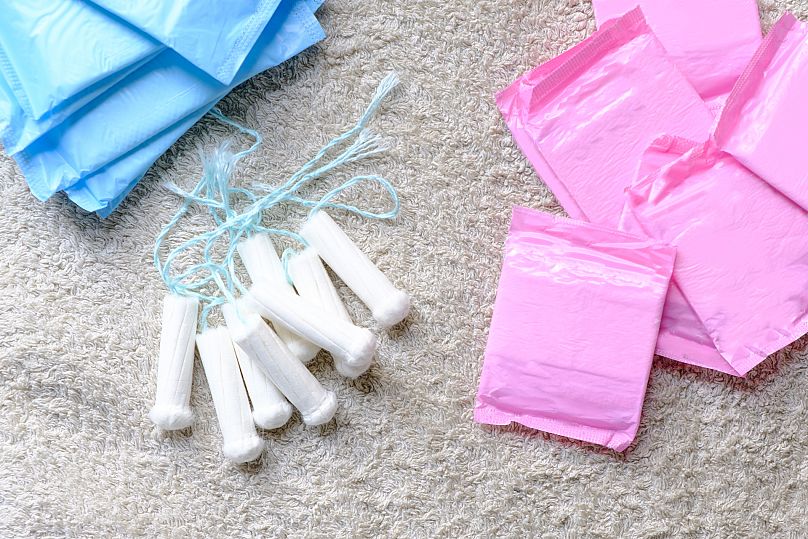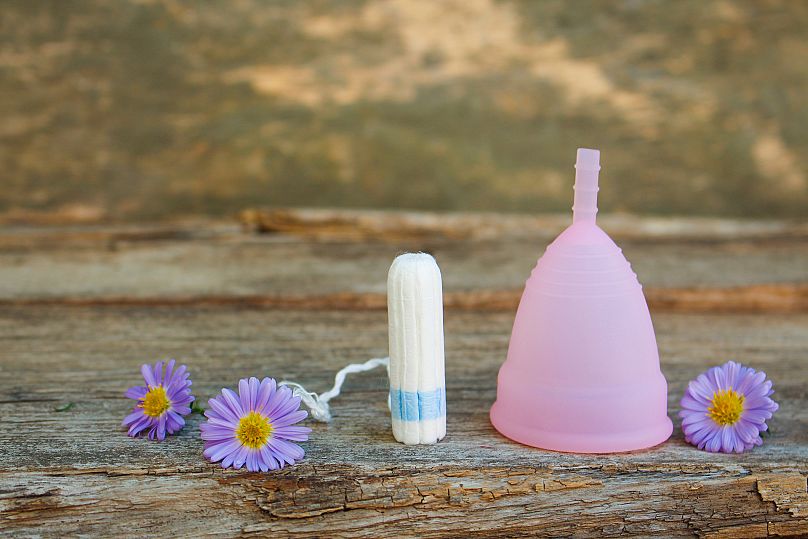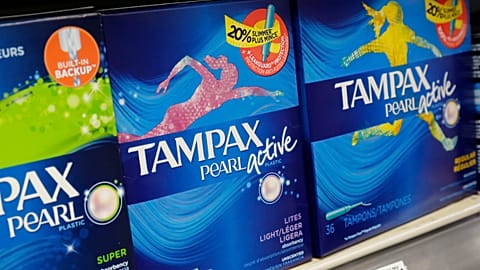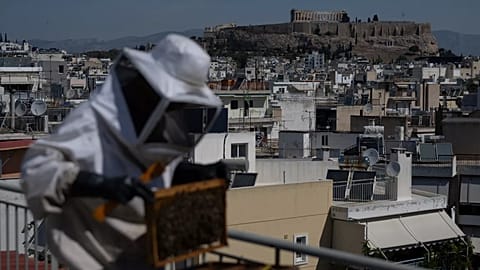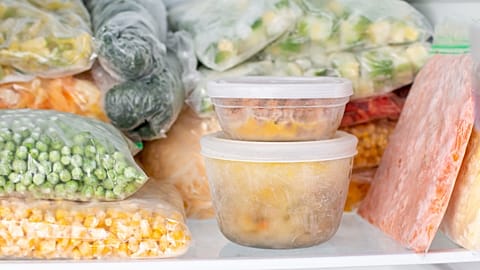What can you do to greenify your menstrual cycle?
Up until recently, periods were confined to women’s toilet cubicles and were a complete taboo in the public sphere. Nowadays, we are able to address feminine hygiene without as much of a stigma, which means starting to delve into more environmentally friendly approaches to our periods.
It is not only possible, but now vital, that we start to have sustainable periods, in order to reduce our plastic footprints on the earth.
But before we explore the greener side to periods, we must address a serious issue - the devastating reality of period poverty.
What is period poverty?
Periods are rarely something we look forward to every month. Painful, tiring and inconvenient, they are challenging to cope with at the best of times. But for many women and girls around the world, it is not the side effects but the bleeding itself that’s the problem, something many of us take for granted. Period poverty is an obstacle for far too many women, who can’t afford basic sanitary products to tide them over for the month.
According to a 2017 study by equality charity Plan International UK, 1 in 10 girls are unable to afford sanitary products in Great Britain. Many young women have to ‘improvise’ using socks, t-shirts or tissue paper. In London alone, 80,000 young women and girls are affected by period poverty.
Further afield, a significant number of women and girls in poor urban and rural communities are not taught about menstruation and are disadvantaged by their lack of knowledge and access to clean sanitary products.
What you can do to help is to donate money to specific charities who support the cause, such as Plan UK and Action Aid who help improve menstrual hygiene in developing countries. You can also donate sanitary products directly to food and supply banks like the Trussell Trust in the UK, which will really make a difference. While you’re at it, there are plenty of Instagram accounts on a mission to end period poverty, we recommend
How can you have a sustainable period?
For those of us lucky enough to have access to sanitary products, we spend a good chunk of our pay-checks every month buying adequate supplies. Whether it's tampons or pads, we ‘splash out’ on these necessities to ensure we are never left in the lurch or can help out a friend in need.
However, you may not be aware how much your ‘time of the month’ is harming the environment. Billions of tampons and pads go to landfills ever year, all over the world, and the non-organic items take up to 500 years to decompose. Plastic is everywhere, in tampon applicators, pads and packaging – in fact, periods are lethal for the environment.
But, in the last few years, sustainable alternatives have taken the world by storm as more and more women are buying menstrual cups, period-proof pants and reusable tampon applicators.
Here are the best products for a greener period:
Period proof underwear
These innovative brands have come up with 100 per cent absorbent underwear for women who want to reduce their plastic footprint every month. Comfortable, moisture-wicking and stylish, the pants are absorbent enough to make you feel confident they won’t leak – it’s amazing how absorbent they actually are.
Pants from THINX or Modi Bodi are an easy swap to your usual monthly routine, and while they cost around £23 (€27) a pair, buy four or five and you’ll never spend money on your period again.
Menstrual cup
A lifespan of a menstrual cup can save more than 2,500 disposable products, according to brand &Sisters.
Having recently entered the mainstream, many women are now opting for a menstrual cup to have more sustainable periods. Just one cup can be easily inserted and used for up to 12 hours before needing to be emptied – that’s four times longer than the average tampon.
They are also safe to wear at night and completely recyclable too. There are so many upsides to menstrual cups. At about £22 (€26) a pop, they last you for life, what’s not to love?
Our favourite brands include Moon Cup and & Sisters.
Reusable tampon applicators
Yet another way you can choose to have a greener period, but also opt for convenience, is to buy a reusable applicator.
An applicator makes life just that little bit more easier for lots of women, and buying one means you can use it every single time you change your tampon.
One brand, Dame, has created a ‘world first’ product, claiming to have saved 122 million pieces of single-use plastic from being thrown away since its launch. The applicator is made from self-sterilising Mediprene, enclosed in reused and recycled materials in its packaging. Dame also donates period supplies to its charity partners, including Bloody Good Period.
Cotton products
Ever wondered what’s actually in the tampons you buy? Most brands use chemicals and synthetic materials containing plastics and perfume, that sit right next to one of the most absorbent parts of your body. Not only is this bad for your vagina, it’s bad for the earth too.
Brands like Yoni and My Freda make organic cotton, chemical-free tampons and pads, as well as an optional subscription service every month, so you can have your products of choice delivered straight to your door.
Reusable pads
According to global market-research provider Mintel, 83 per cent of women say they would try a reusable sanitary pad. At first, the idea may sound unappealing, but think of the plastic you will save.
Brands such as Bloom & Nora offer a range of reusable, chemical-free sanitary towels in both natural bamboo and bright, stain-repellent white colourways.
The towels come in varying sizes dependent on your flow and are beautifully decorated too.















